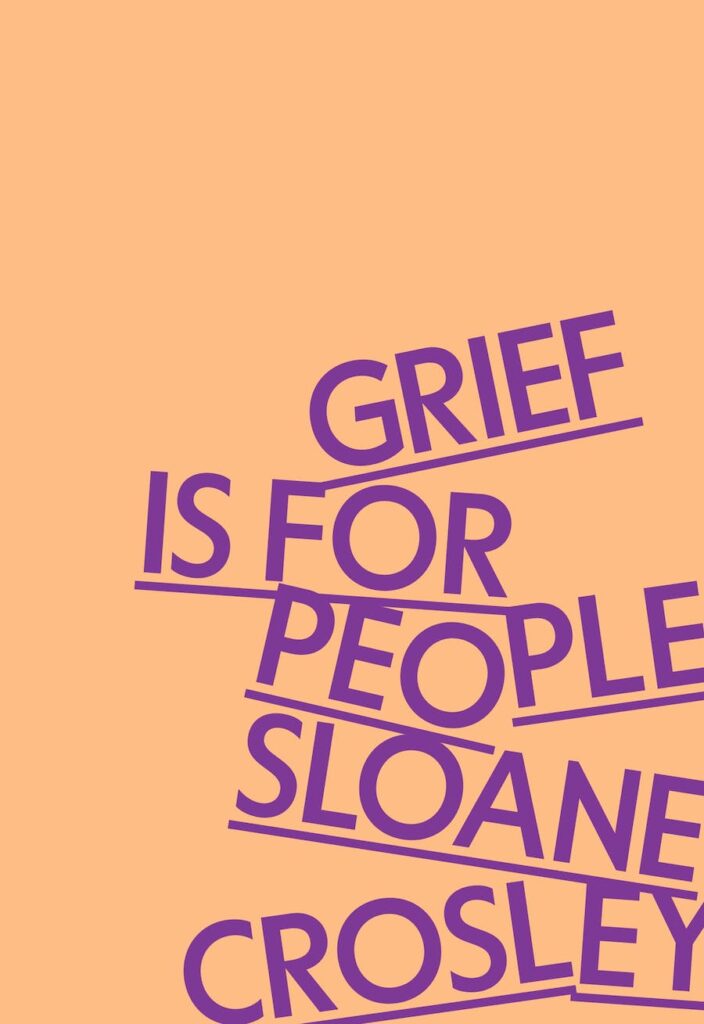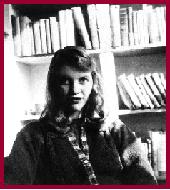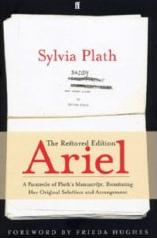
Congratulations to previous contributor Sloane Crosley on her new memoir Grief Is for People. The memoir goes on sale February 27th, 2024 but you can pre-order it from her website here.
Grief Is for People is a deeply moving and surprisingly suspenseful portrait of friendship and a book about loss packed with a verve for life. Sloane Crosley is one of our most renowned observers of contemporary behavior, and now, the pathos that has been ever-present in her trademark wit is on full display. After the pain and confusion of losing her closest friend to suicide, Crosley looks for answers in friends, philosophy, and art, hoping for a framework more useful than the unavoidable stages of grief.
For most of her adult life, Sloane and Russell worked together and played together, as they navigated the corridors of office life, the literary world, and the dramatic cultural shifts in New York City. One day, while Russell is still alive, Sloane’s apartment is broken into. Along with her most prized possessions, the thief makes off with her sense of security, leaving a mystery in its place.
When Russell dies exactly one month later, his suicide propels her on a wild quest to right the unrightable, to explore what constitutes family and possession as the city itself faces the staggering toll brought on by the pandemic.
Crosley’s search for truth is frank, darkly funny, and gilded with a resounding empathy. Upending the “grief memoir,” Grief Is for People is the category-defying story of the struggle to hold on to the past without being consumed by it. A modern elegy, it rises precisely to console and challenge our notions of mourning during these grief-stricken times.
Crosley has received astounding reviews for this piece:
“[An] aching meditation on loss and friendship… Crosley elegantly links the two losses by explaining how her fevered desire to reclaim her burglarized items stood in for her inability to reclaim Russel. Her characteristically whip-smart prose takes on a newly introspective quality as she reinvigorates dusty publishing memoir tropes and captures the minutiae of a complicated friendship with humor and heart. This is a must-read.”
—Publishers Weekly
“Novelist and essayist Crosley is a tightrope writer of devastating wit and plain devastation, a balancing act no doubt requiring even more muscle in this memoir of her grief…Also a story of the shifting sands of the last two decades in book publishing and the author’s and her friend’s changing places within it, this is a searching, impassioned, cathartic, and loving elegy.”
—Booklist
Sloane Crosley is the author of The New York Times bestselling essay collections, I Was Told There’d Be Cake (a 2009 finalist for The Thurber Prize for American Humor) and How Did You Get This Number, as well as Look Alive Out There (a 2019 finalist for The Thurber Prize for American Humor) and the bestselling novels, The Clasp and Cult Classic. She served as editor of The Best American Travel Writing series and is featured in The Library of America’s 50 Funniest American Writers, The Best American Nonrequired Reading, Phillip Lopate’s The Contemporary American Essay and others. She was the inaugural columnist for The New York Times Op-Ed “Townies” series, a contributing editor at Interview Magazine, and a columnist for The Village Voice, Vanity Fair, The Independent, Black Book, Departures and The New York Observer.
Superstition Review did an interview with Crosley in issue 7, you can access that here. To learn more about her and her work, visit her website here.






